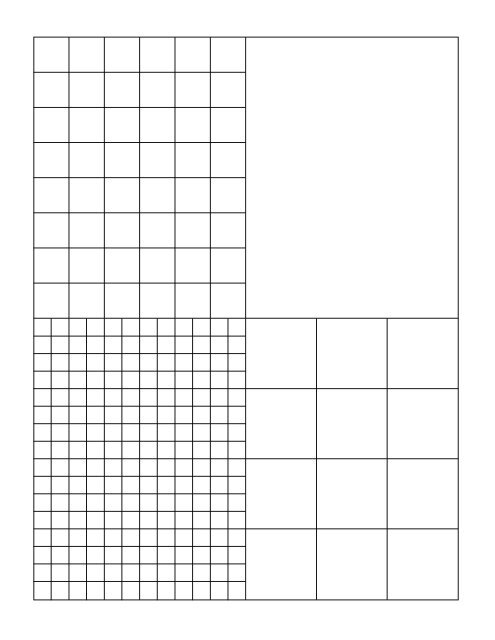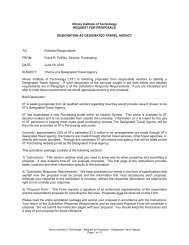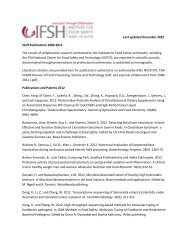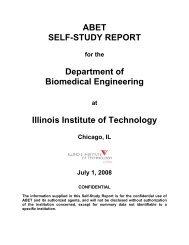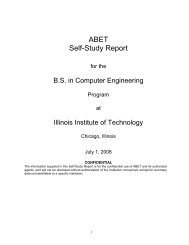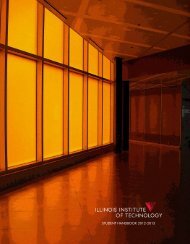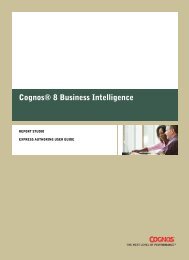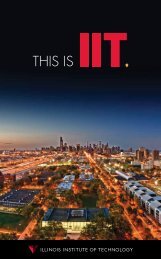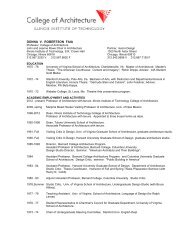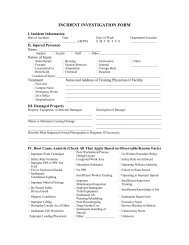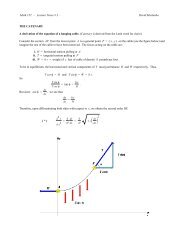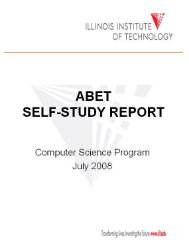Nowness - Illinois Institute of Technology
Nowness - Illinois Institute of Technology
Nowness - Illinois Institute of Technology
You also want an ePaper? Increase the reach of your titles
YUMPU automatically turns print PDFs into web optimized ePapers that Google loves.
Extending back to the end <strong>of</strong> the nineteenth century,<br />
the legacy <strong>of</strong> architectural education at IIT took on in-<br />
ternational significance with the appointment <strong>of</strong> Ludwig<br />
Mies van der Rohe as director in 1938. Mies, a leading<br />
figure <strong>of</strong> German modernism and the last head <strong>of</strong> the<br />
Bauhaus, was soon also commissioned to plan the<br />
<strong>Institute</strong>’s expanding campus. He would eventually de-<br />
sign twenty <strong>of</strong> its buildings, including IIT Architecture’s<br />
home in S. R. Crown Hall. For two decades, IIT was the<br />
headquarters and laboratory from which Mies reshaped<br />
both architectural education and architectural form in<br />
the postwar world.<br />
Along with former Bauhaus instructors Ludwig<br />
Hilberseimer and Walter Peterhans, Mies established<br />
the IIT curriculum as an extension <strong>of</strong> its famous German<br />
predecessor and as the culmination <strong>of</strong> his own lifelong<br />
inquiry into architecture, art, history, and philosophy.<br />
Fundamentally, Mies’s program expressed his belief that<br />
the shockingly new technological and social conditions<br />
<strong>of</strong> the postwar period could be comprehended and given<br />
aesthetic expression only when viewed in the light <strong>of</strong> ar-<br />
chitectural history and the principles <strong>of</strong> building revealed<br />
by this history. Practically, the curriculum led students<br />
through a sequence <strong>of</strong> material-specific studios that<br />
mirrored the historical evolution <strong>of</strong> architectural tech-<br />
nology—wood, stone, brick, steel, and concrete—be-<br />
fore presenting them with more general problems <strong>of</strong><br />
architecture and urban planning. While the results <strong>of</strong><br />
this approach became increasingly fixed for Mies—and<br />
for many <strong>of</strong> his followers—it is crucial to recall that the<br />
forms <strong>of</strong> Mies’s late career in Chicago wwere the product<br />
<strong>of</strong> decades <strong>of</strong> exploration and critical reflection. It is this<br />
legacy <strong>of</strong> sustained and historically informed inquiry,<br />
rather than any particular formal vocabulary, that IIT<br />
Architecture carries forward today.<br />
The legacy <strong>of</strong> Mies’s time at IIT is also directly<br />
materialized in the ensemble <strong>of</strong> buildings that form<br />
the campus, as well as his many other projects in the<br />
Chicago area. His Lake Shore Drive apartment build-<br />
ings were developed as prototypes for metropolitan<br />
3<br />
Legacy


